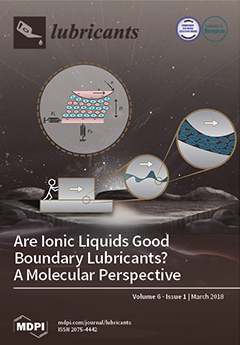Introduction: Pre-clinical testing of hemiarthroplasty devices requires that the tribological conditions present in vivo with live cartilage be closely duplicated. A current limitation in the tribological testing of live cartilage involves the use of cell-culture media as lubricant.
Study Aim: to develop and test a new hyaluronan-phospholipid based medium (HA–phospholipid medium) that combines the rheological and frictional properties of synovial fluid with the nourishing properties of culture media to keep cells alive.
Materials and Methods: The HA–phospholipid medium consisted of culture medium with added phospholipid dipalmitoylphosphatidylcholine (0.3 mg/mL), and hyaluronic acid (2.42 mg/mL). A standard cell culture medium was used as the control. The rheology of each medium was determined using a flat plate configuration. Bovine calf cartilage was used to assess cell viability and friction in each medium. For friction measurements, a cobalt-chrome alloy ball was articulated against cartilage disks immersed in medium.
Results: Lipid vesicles 0.1 to 50 μm in diameter were identified in the HA–phospholipid medium. Cartilage cell viability was significantly higher in the HA–phospholipid medium (62% ± 8%, 95% CI) than in control medium (49.5% ± 5%) (
p = 0.009). The HA–phospholipid medium exhibited strong shear-thinning behavior, similar to synovial fluid, with viscosities ~100-fold higher at 10 s
−1 and 5-fold higher at 20,000 s
−1 than the approximately Newtonian control medium. The HA–phospholipid medium also yielded 20% lower friction values than the control medium after one hour of testing.
Conclusions: The rheological and friction results indicate that the HA–phospholipid medium is superior to the control cell culture medium in emulating the shear thinning and lubricative properties of natural synovial fluid, making it more clinically relevant for in vitro wear and friction testing with live cartilage.
Full article





